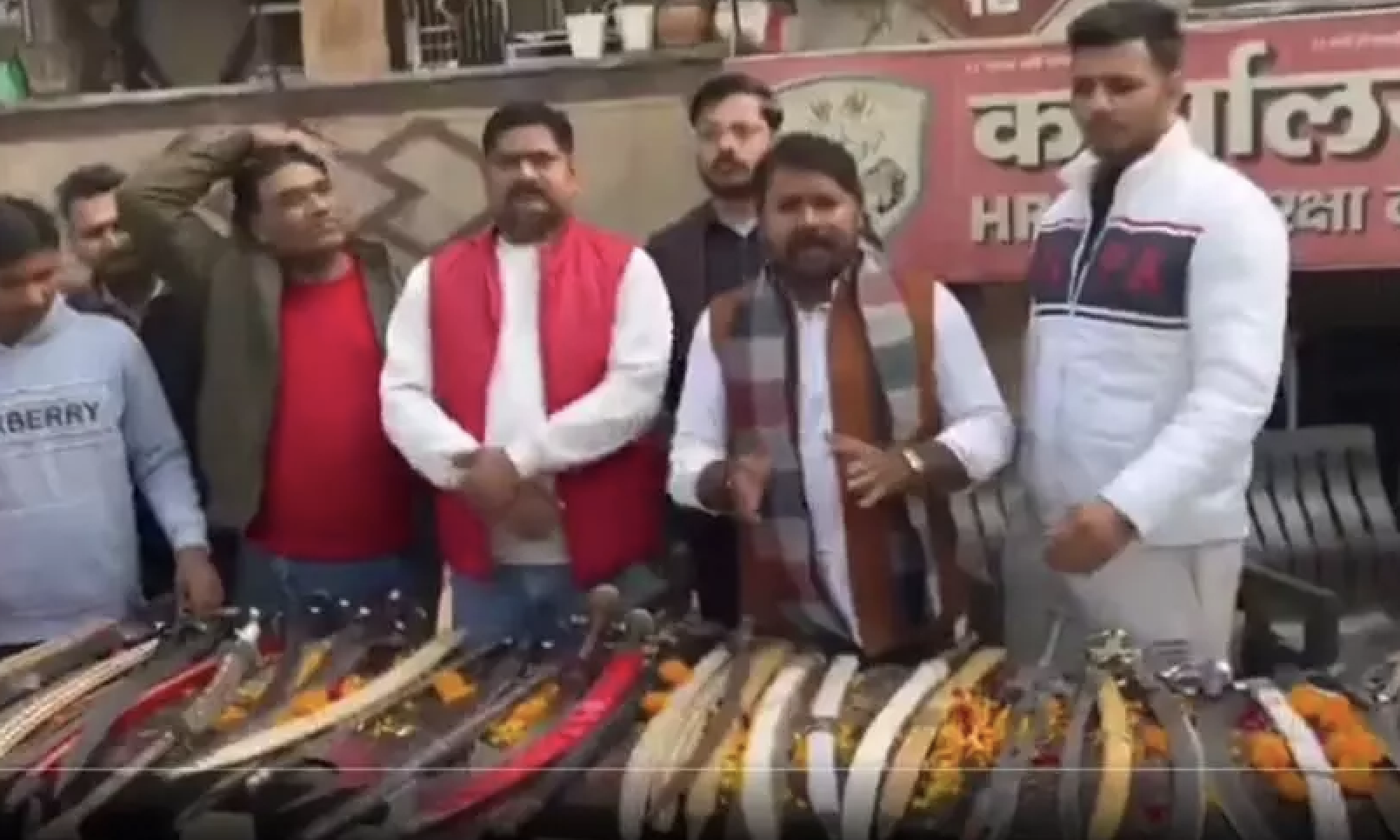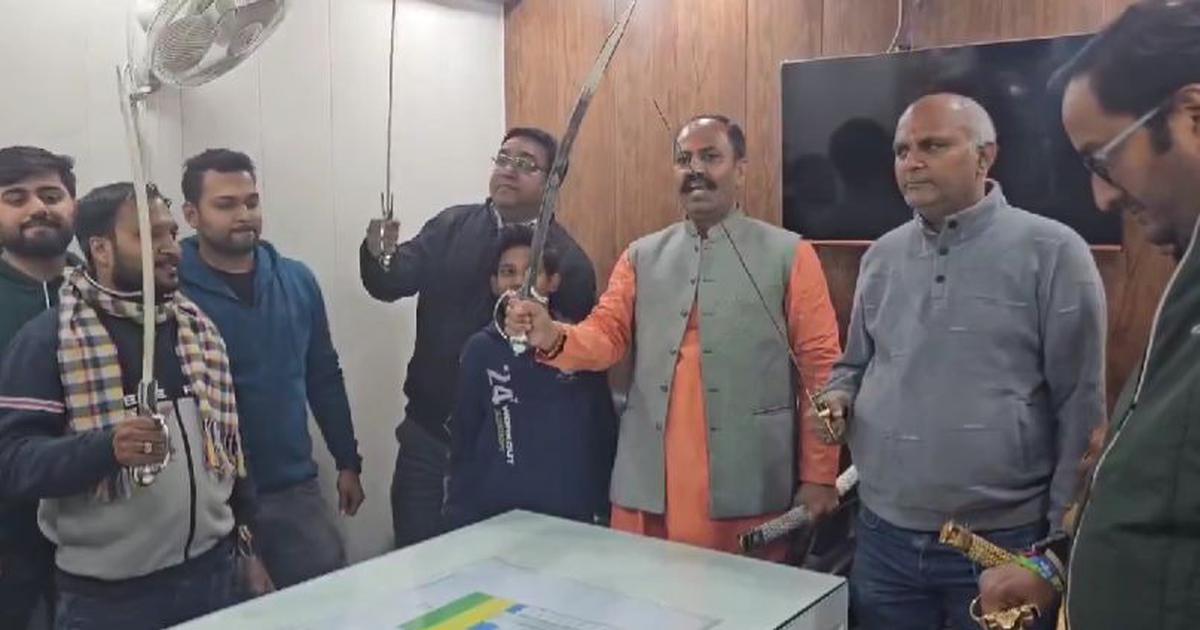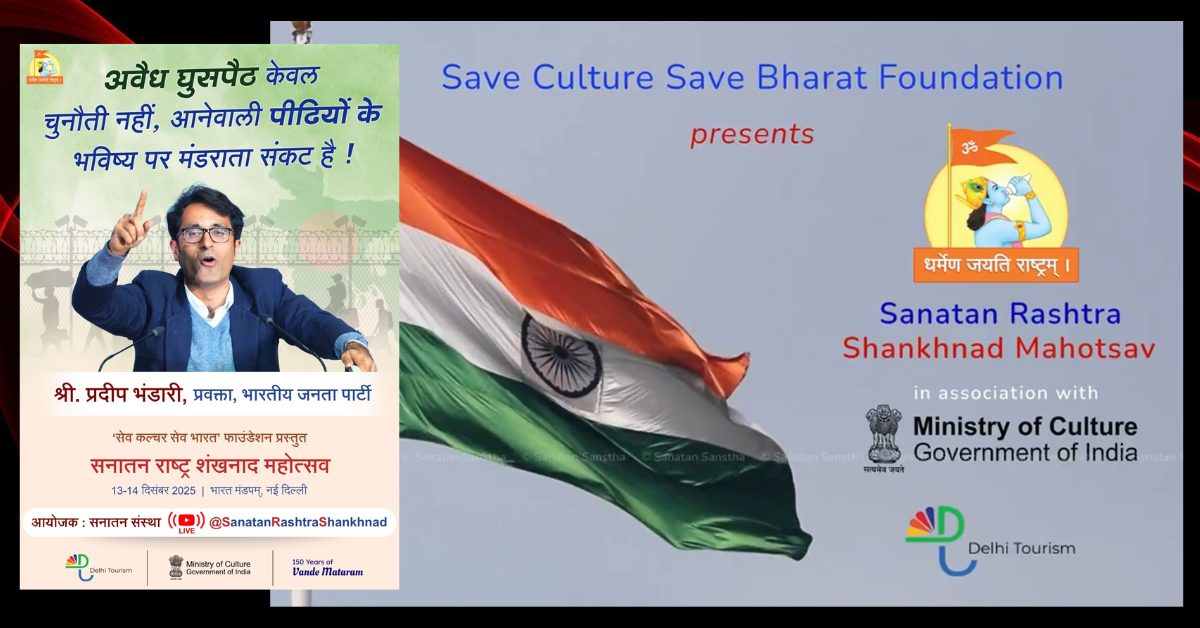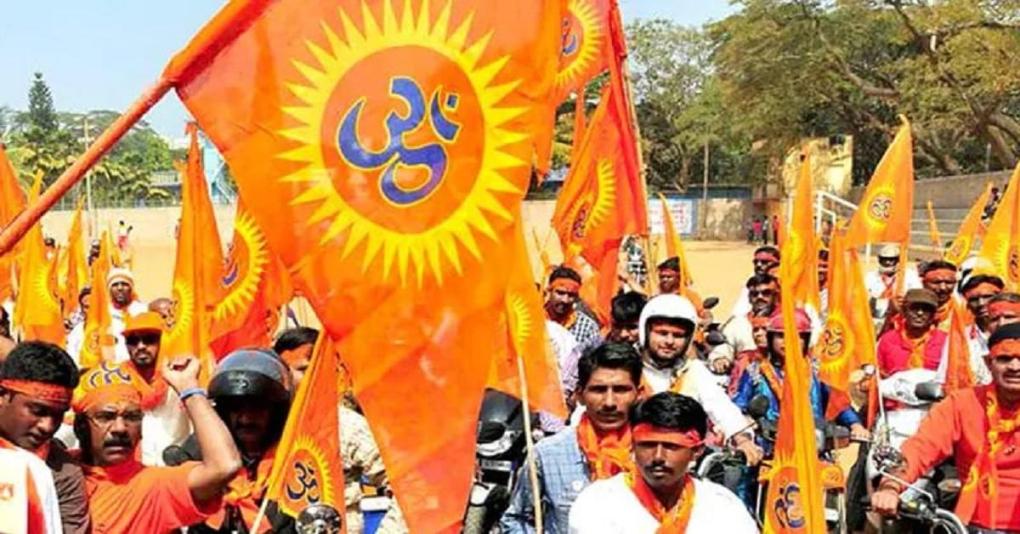
By Nilanjan Mukhopadhyay / The Federal
By all parameters of logic, the opinion of two judges of the Allahabad High Court who threw out the plea for opening 22 locked rooms in the Taj Mahal, should be considered more sound, even before judicial review in a larger Bench or higher court, than that of the Varanasi Civil Judge who ordered the survey of the Gyanvapi Mosque whose findings may create a constitutional face-off and suck the nation into another stint of communal conflict and unbridled inter-community violence.
Furthermore, by passing the ruling ordering videography of Varanasi’s Gyanvapi Mosque and its surroundings, on the April 8 petition filed by five Hindu women, Ravi Kumar Diwakar, the local judge did not cover himself with much glory. In contrast, the two HC judges used indisputable reasoning and showed a way to end this endless circle of bloodshed over places of worship.
Most importantly, unlike the Varanasi judge, Justices DK Upadhyay and Subhash Vidyarthi of the Allahabad HC demanded the release of history from the hands of rank amateurs besides reminding all of the limits to examining the past to shape the present and future.
Safety concerns
In a country where countless judges sit over matters – and still do – that involve religious discord without fear and making a show of it, Diwakar made public his and the family’s concern about safety due to adjudicating on this sensitive matter.
Obviously picking a leaf from giants in the arena of polity, he too invoked his mother and used her as a pawn in the game he has chosen to play; “my mother (in Lucknow) during our conversation also expressed concerns about my safety…(she) asked me that I should not go as a commissioner on the spot, as it may endanger my safety.”
Diwakar’s unsubstantiated allegation – if there was any truth in it, he should have lodged a FIR instead of spreading fear psychosis – that “an atmosphere of fear was created by making this simple civil case into an extraordinary case,” was unambiguously a case of a judge playing to the gallery on the right side of the political debate and discourse in India.
He is also wrong because any Hindu claim on the Gyanvapi Mosque, either in totality or even in the form of a ginger step towards the final objective of demolishing it – like it happened with the Babri Masjid — can never be a ‘simple’ case. It shall always remain ‘extraordinary’ because of being implicitly intertwined with the Ayodhya dispute.
Even the disinterested are aware of the pledge taken during the Ram Janmabhoomi agitation, especially in the immediate aftermath of the Ayodhya mosque’s demolition: Yeh to bas jhanki hai, Mathura-Kashi baaki hai – this is just the beginning, Mathura and Varanasi remain on our list.
Not many, however, would be aware, but in the days following Prime Minister Narendra Modi inaugurating the Kashi Vishwanath temple corridor in December 2021, the old slogan was recast; Yeh to bas jhanki hai, Poora Mandir baaki hai – this is the just the start, the entire temple construction remains to be completed.
Ceaseless provocation
Let there be no doubt, the intention of the spearheads of the Sangh Parivar is to ceaselessly continue with the fight for “restoration” of Hindu temples that are alleged to have been demolished during “Muslim rule”, an allegation that is historically incorrect and also does not take into consideration that in the medieval era, while there may have been some Muslim emperors in select kingdoms, the majority among the ruling classes were Hindu.
However much zealots may disagree, it cannot be denied that the Supreme Court in its November 9, 2019, the verdict did not state that it found evidence of a Ram temple (or any other) being ‘demolished’ after which the Babri Masjid was constructed.
The Bharatiya Janata Party and other affiliates of its ideological fountainhead, the Rashtriya Swayamsevak Sangh, are partners in the ongoing project to take up one dispute after another pertaining to places of worship.
This is evident from the fact that the petitioner in the Taj Mahal case, Rajnesh Singh, is the BJP media in-charge of the BJP’s Ayodhya unit. Likewise, the Supreme Court lawyer, Ashwini Kumar Upadhyay, whose plea against the Places of Worship (PoW) Act (1991) was questionably admitted by former Chief Justice of India SA Bobde days before his retirement, is a well-known BJP functionary.
The Ram Janmabhoomi agitation witnessed several parallel legal battles being fought, all with the common intention of converting the de facto temple (that’s what the Babri Masjid sadly became after the forcible installation of Lord Ram’s idol in December 1949) into a de jure temple. On several occasions, it was later learnt, as most important in the case filed by former High Court judge Deoki Nandan Agarwal in 1989 as the “next best friend” of the Hindu deity, that litigants were part of the RSS network and had made their move only after due ‘clearance’.
The Hindutva highway of issues
Varanasi events cannot be seen in isolation. Like the old trunk highways, this is a Hindutva highway of issues. Starting from the Supreme Court where Upadhyay’s petition is pending, it first heads to Qutub Minar. Cases are already pending and claims for ‘restoration’ were made by Hindu parties. According to them, the minar was raised after demolishing several Jain temples and now must be ‘handed back’ to Hindus.
The dispute in Mathura is well known and the Shahi Idgah fate is extremely uncertain as here too, local courts continue hearing petitions filed by the Hindu parties despite the PoW Act being the legal fulcrum of the apex court’s Ayodhya judgement.
The Allahabad High Court may have asked Rajneesh Singh not to make a mockery of the PIL system, but the intervention served its purpose – reintroduce belief among people when they had forgotten PN Oak’s questionable thesis on the Taj Mahal that there was a ‘history’ of the Taj Mahal that Muslims and those against the Sangh Parivar wish to hide. In any case, the petitioner and his lawyer have a clear plan for the future.
Rudra Vikram Singh, lawyer for the petitioner was quoted as, “We will challenge this order in the Supreme Court. Before moving to the Supreme Court, we will approach the Department of History and the Archaeological Survey of India.”
Keeping the pot simmering
The intention is to keep the pot simmering the way the Ayodhya cauldron was kept seething all the time. The objective is to ferment anger and uncork the genie at an opportune time. The moves in these courts are part of a grand strategy to enthuse Hindus and convey to them that this government and the party running it know how to keep Muslims ‘in check’.
Between now and the next elections expect the PoW Act to be repeatedly questioned and vilified so as to create a groundswell of support for it being repealed. Repeated attempts to reopen dormant cases and confuse the situation are most likely in cases related to the Qutub Minar, Taj Mahal, Lucknow’s Teele Waali Masjid and of course the Gyanvapi Mosque.
The legitimacy of these shrines to continue being in the state they are currently shall be questioned repeatedly while the BJP integrates its so-called social welfare programmes with the Hindutva platform.
In the aftermath of the SC verdict on Ayodhya, a significant section of Indian Muslims accepted the judgement because of the court’s decision to describe the PoW Act as a law that mirrored the basis character of the Indian Constitution.
In effect, it meant that the SC had put the lid on all other mosque-temple disputes, or those conflicts that involved any place of worship, or any structure over which another community staked their claim. They still hope that PoW Act shall ‘protect’ other mosques being sought to be usurped.
But with multiple offensives on the 1991 law, to the shrines in Varanasi and other cities besides world-famous monuments, the Muslims are being conveyed that they are allowed to be practitioners of their faith only within the confines of their homes.
A message to minorities
It is being conveyed to members of other religious minorities (not the Indic ones, i.e. Sikhs, Buddhists and Jains) too, that along with Muslims, they must kowtow to the diktats of the majority in every civic space.
A few days ago, almost 600 Muslims of Mahatma Gandhi’s hometown, Porbandar, approached the Gujarat High Court seeking permission to undergo euthanasia because the government allegedly “does not provide facilities to people belonging to a particular community.”
If the estimated 20 crore Muslims of India live in a perennially alienated state, there is no knowing when many of them would lose the desire to plough the lonely furrow.
While those from Gandhi’s town have sought permission to be peacefully ‘violent’ in the last lap of life, there is every possibility that some individuals may be more hot-headed and choose different and more violent forms of death in which the end does not come to them alone.
In their ambition to win election after election by enlisting distrust of Hindus for Muslims, the BJP is literally playing with fire. It is still not late for the BJP and the government to realise that the majority among Muslims still have faith in the constitutional and the rule of law in the country.
But for this sentiment to be sustained, leaders of the BJP, starting with Modi, have to send signals down its ranks to call off the programmes of brinkmanship. A message has to be broadcast that the PoW Act is sacrosanct and the ongoing construction of the Ram temple marks the closure of a bitter chapter.
This article first appeared on thefederal.com






